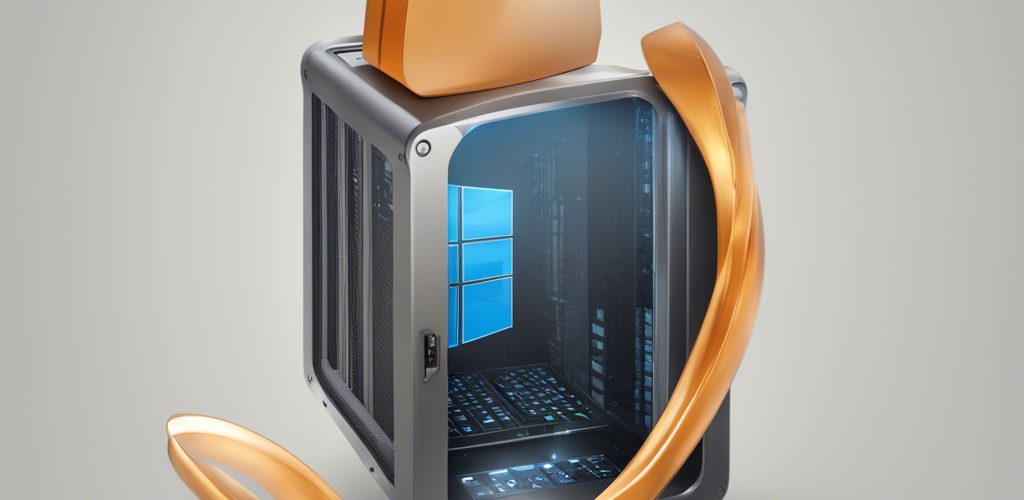Connecting multiple Bluetooth devices that share the same default name can be a frustrating challenge, especially when you’re trying to sync up bootleg controllers or similar gadgets. While Android devices allow you to easily rename Bluetooth peripherals, Windows 11 presents a unique hurdle, limiting users’ ability to do the same. If you’re grappling with this issue, don’t worry—there are potential workarounds to help you connect both devices seamlessly.
Understanding the Bluetooth Naming Limitation in Windows
By default, when the system detects a Bluetooth device, it identifies it by its name. In scenarios where two devices share the same default name, Windows will often struggle to differentiate between them. As you’ve experienced, altering the name via the Registry Editor only updates the name in Device Manager, not in the Bluetooth settings. This means you can still connect only one of the devices at a time, which is not ideal for users who want to utilize both controllers simultaneously.
Potential Workaround Solutions
While direct renaming is not feasible, there are a few strategies you could explore to manage your Bluetooth connections more effectively:
- Use Third-Party Software:
Some third-party applications can manage Bluetooth devices independently. These tools may allow you to access additional features that Windows doesn’t natively support. Software like Bluetooth Command Line Tools or BlueSoleil could provide more flexibility in handling multiple Bluetooth connections and might help to set devices apart. - Update Bluetooth Drivers:
Sometimes, the issue may stem from outdated or incompatible Bluetooth drivers. Ensure that your Bluetooth drivers are fully updated. You can do this through Device Manager:
- Right-click on the Start menu and select Device Manager.
- Expand the Bluetooth section and right-click on your Bluetooth adapter, selecting “Update driver.”
- Choose to “Search automatically for updated driver software.” After updating, restart your computer and try connecting the devices again.
- Device Pairing Order:
Attempt to connect your controllers in a specific order. Disconnect one controller, make sure the other is connected, and then bring the first one back into the fold. Sometimes, connecting the devices in a certain sequence helps the system register them correctly. - Change Default Bluetooth Profiles:
If your devices support different Bluetooth profiles (like HID for input devices), try to explore the settings of each controller or even firmware updates for them. Sometimes hitting a reset on and reconnecting might help in defining distinct profiles, allowing Windows to recognize them as separate devices. - Use a USB Bluetooth Adapter:
If all else fails, consider investing in a USB Bluetooth adapter that allows for more robust connections. Some adapters come with better software support and could allow multiple devices to connect without hassle.
Conclusion
While connecting two Bluetooth devices with the same default name can be challenging on Windows 11, exploring third-party applications, ensuring up-to-date drivers, and experimenting with connection methods can lead you down the right path. Keep an eye on community forums too, as other users may share their solutions and experiences that could further simplify the process. With persistence, you’ll find a way to make both controllers work beautifully together.





Add comment